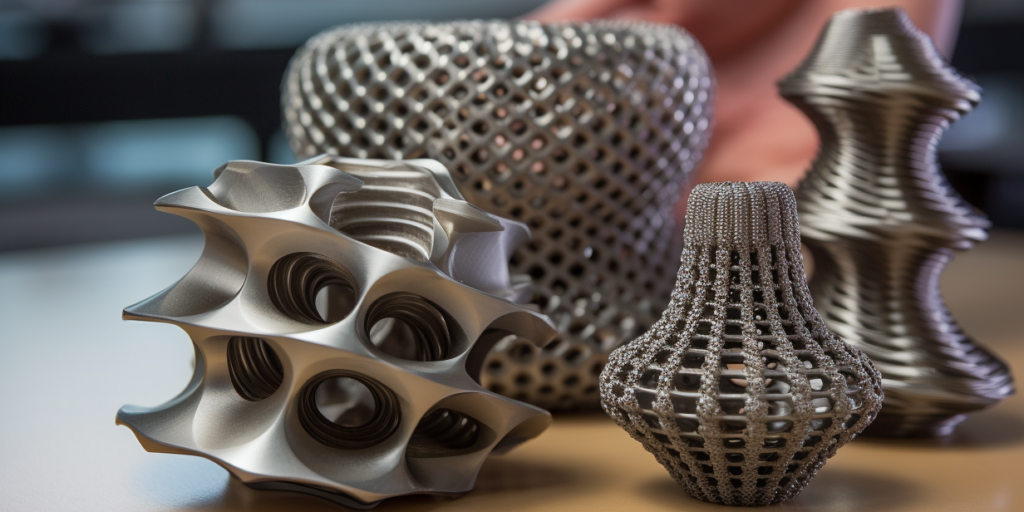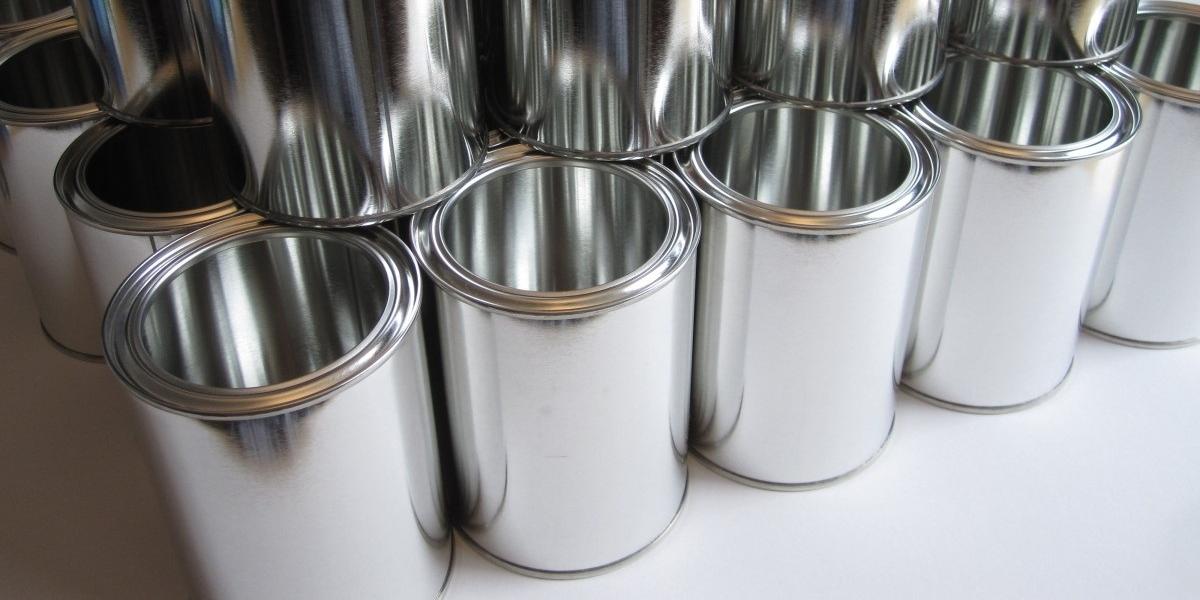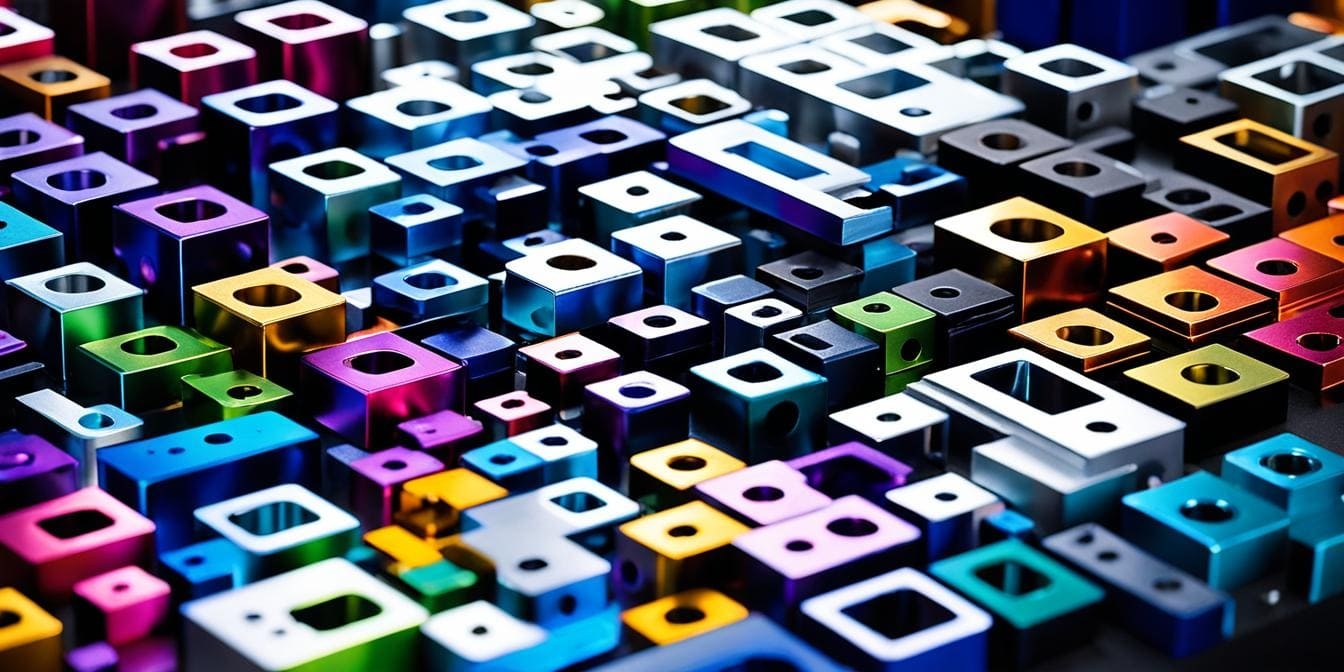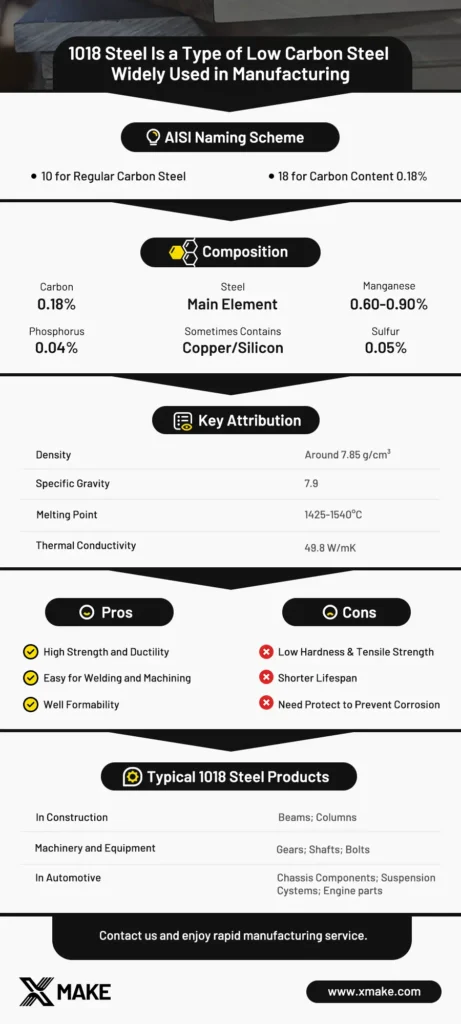 One of the comments we received from our respected readers in the material selection is that there are just too many varieties of steel that can be utilized in industrial production, and it can be challenging to distinguish between the different steel’s advantages and disadvantages.
One of the comments we received from our respected readers in the material selection is that there are just too many varieties of steel that can be utilized in industrial production, and it can be challenging to distinguish between the different steel’s advantages and disadvantages.
1018 is a great example. It is a low-carbon structure steel with good mechanical and processing properties as well as pervasiveness in industrial applications, but still hard for many people to distinguish it from other materials.
This article will guide you through its definition, properties, pros and cons, and uses in industrial manufacturing.
For a comparison of low and medium carbon steels and high carbon steels to which 1018 steel belongs, click here.
What is 1018 Steel?
At the start of this article, I’ll introduce our esteemed reader to 1018 Steel’s basic attributions, physical and chemical composition, and brief history.
Brief Overview of 1018 Steel
1018 steel is a popular type of carbon alloy steel that is known for its excellent welding and forming capabilities.
It is also commonly referred to as low-carbon steel due to its relatively low carbon content compared to other types of steel.
This grade of steel is often used in a variety of applications, including machining, automotive parts, construction equipment, and more.
Physical and Chemical Composition
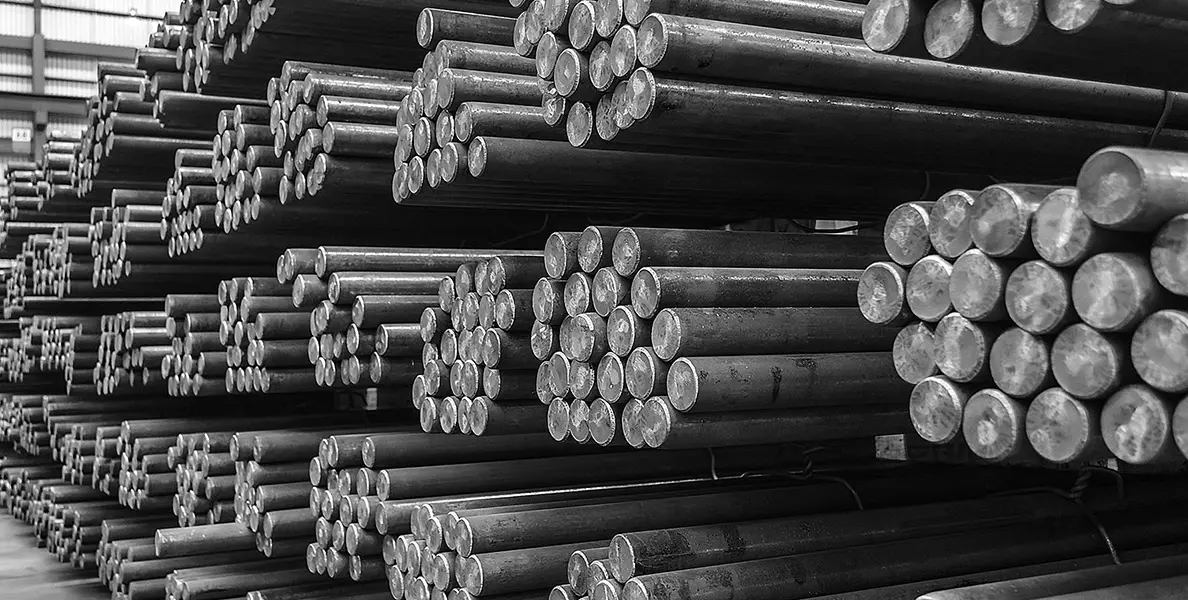
The composition of this steel grade plays a significant role in its overall performance in various applications.
| Physical and Chemical Composition |
| Primary Elements | Iron and Carbon |
| Other Elements Contained With Minor Amount |
|
| Density | Around 7.85 g/cm³ |
| Specific Gravity | 7.9 |
| Melting Point |
1425-1540°C |
| Thermal Conductivity | 49.8 W/mK |
Brief History of 1018 Steel
The origins of 1018 steel can be traced back to the early 20th century when the American Iron and Steel Institute (AISI) designated it as a standard steel grade for industrial applications.
With the evolution of technology, the manufacturing process has become more efficient and precise.
Innovative techniques such as computer-aided design (CAD) and computer numerical control (CNC) machining have revolutionized the production of related parts.
Mechanical Properties of 1018 Steel
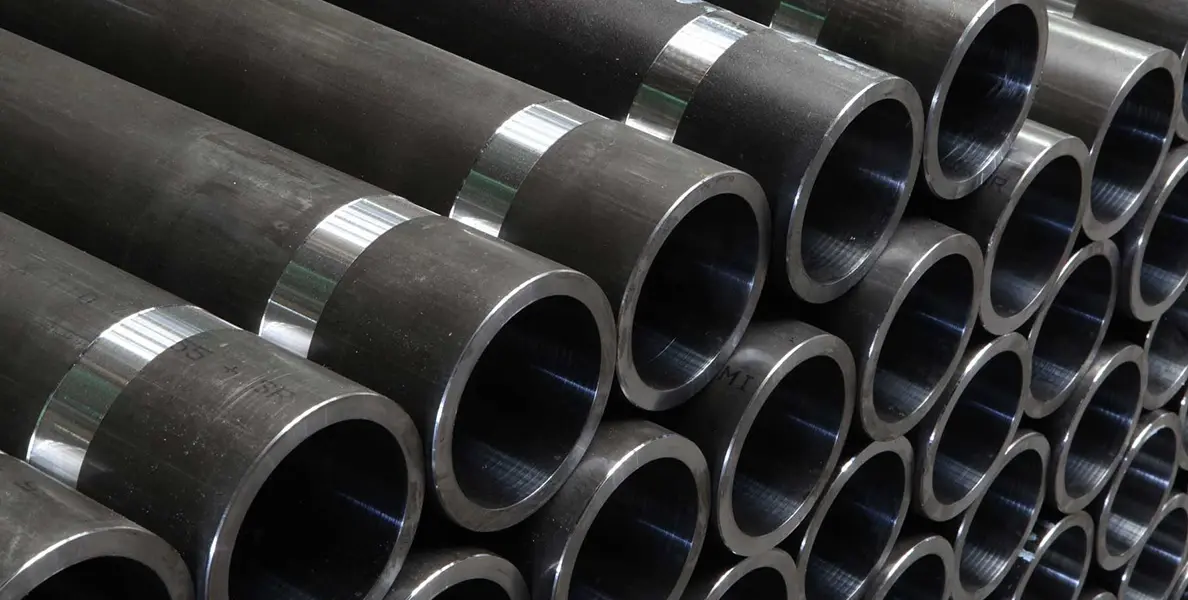
By this part, we’ll see what advantages 1018 steel offers, its weaknesses and limitations, and what makes it different from other alloys.
Advantages in Physical Properties
Strength and Ductility: This type of steel is commonly used in applications where strength is required, such as in the construction of buildings, bridges, and machinery.
Weldability and Machinability: Like other carbon steel has excellent weldability, 1018 is allowed to create complex and precise shapes in welding processes without sacrificing strength, especially in constructing structures that require greater tensile strength.
Good machinability also means it can be easily turned, drilled, and milled with minimal difficulty and is ideal for small parts and components that require precision machining.
Formability: Good formability allows it to be easily shaped into different forms without cracking or breaking, making it a preferred choice for manufacturers who require a material that can be easily manipulated into various shapes and sizes.
What Limits the Steel 1018
Low tensile strength: Its tensile and yield strength is not suitable for heavy and tough loads.
This can limit its lifespan and require more frequent maintenance and upkeep to prevent deterioration, especially wear and tear.
Low hardness: Reducing carbon content has a negative negative effect on hardness.
Compared with other steels with higher carbon content, 1018 is more prone to wear and tear in high-friction applications, resulting in shorter tool life and increased costs for replacement and repairs.
High operation requirements: It is not as easily machinable as some other steels, which can make it more difficult and time-consuming to work with in manufacturing processes.
High protection requirement: The corrosion resistance requires proper protection and maintenance to keep.
Without protection, susceptibility to corrosion, and rust deteriorates very soon.
Differences with Other Iron and Carbon Steels
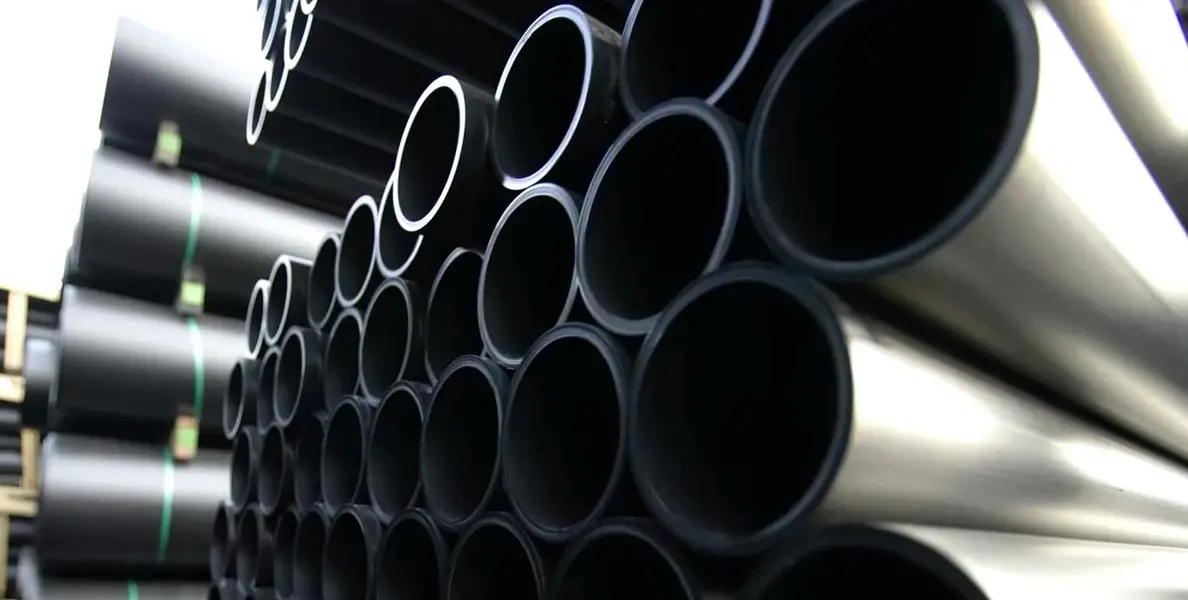
When comes to 1018 steel comparison with other carbon steels, there are a few key differences to take note of.
Carbon content: 1018 steel is a mild steel, which is characterized by its low carbon percentage compared to other higher carbon content steels, making it easier to weld and form.
This lower carbon content also gives it a smoother surface finish and better manufacturing control.
Manganese: 1018 is a high-manganese carbon alloy compared with other carbon steels, which can improve the hardenability of the steel and provide better strength and durability.
Heat Treatment Process: 1018 is typically annealed, which can help improve its durability and toughness.
This makes it a good choice for parts that require a combination of strength and flexibility.
| Properties of 1018 Steel |
| What Makes It Different |
|
| Advantages | Limitations |
|
|
1018 Steel Used in Application
In this part, I’ll explain you common uses of 1018 steel in different industries and how it develops a supreme quality product.
Construction industry
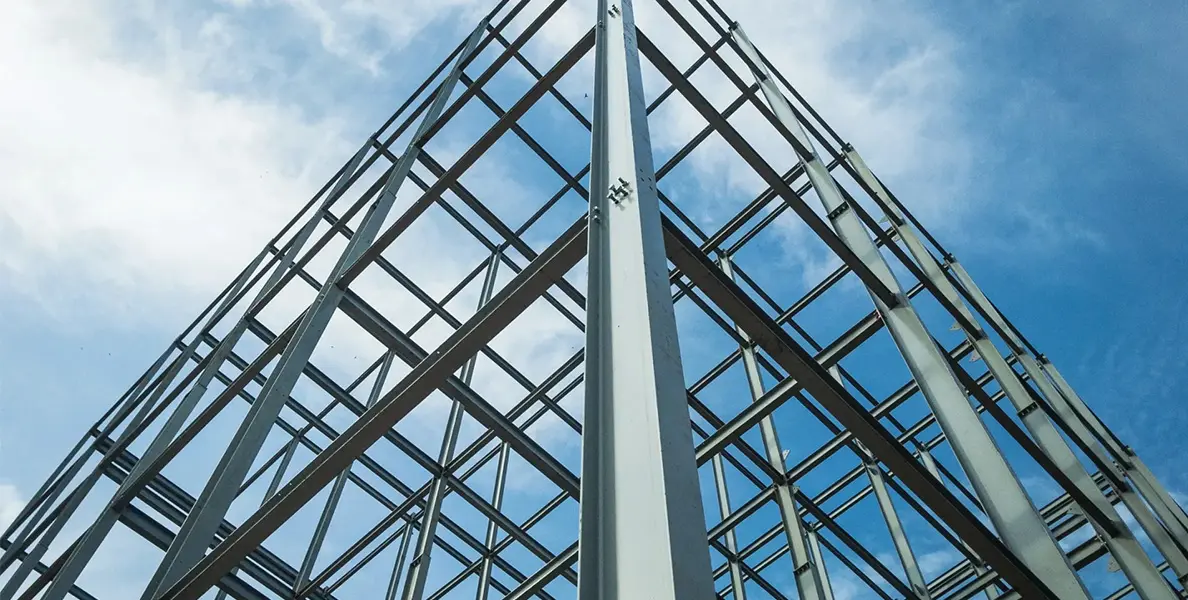
In the construction industry, 1018 is often used to create structural components like beams and columns due to its strength and durability.
Its ability to be easily welded and machined also makes it a popular choice for building frameworks and support systems.
Automotive industry
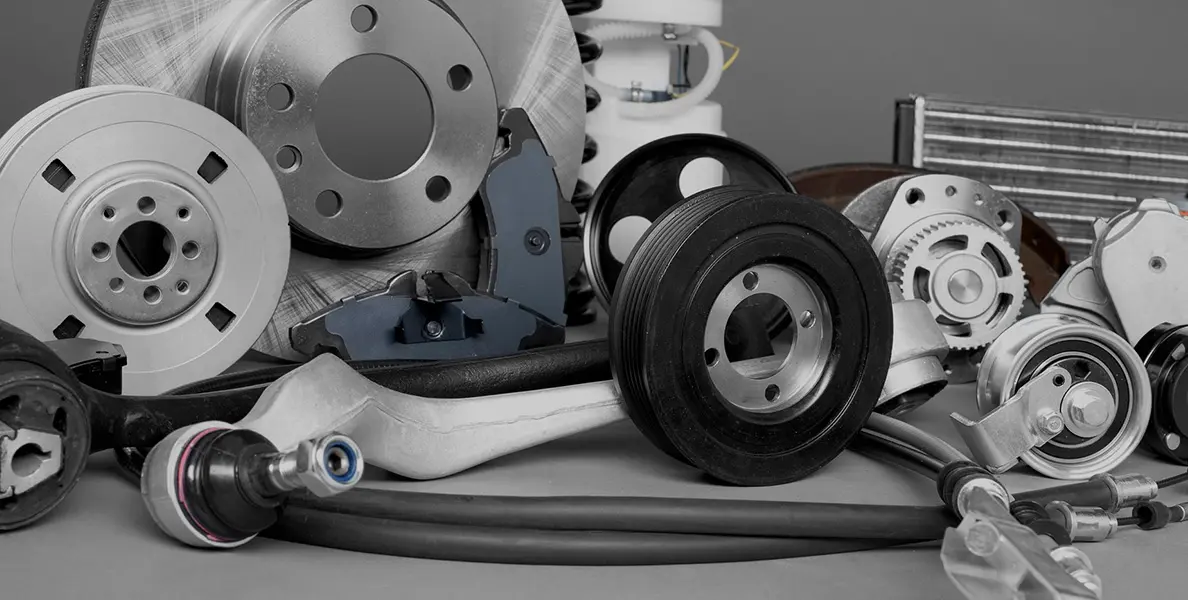
In the automotive industry, 1018 is commonly used to manufacture various vehicle parts, such as chassis components, suspension systems, and engine parts.
Its excellent strength-to-weight ratio and resistance to corrosion make it an ideal material for ensuring the safety and reliability of automobiles.
Machinery and Equipment Manufacturing
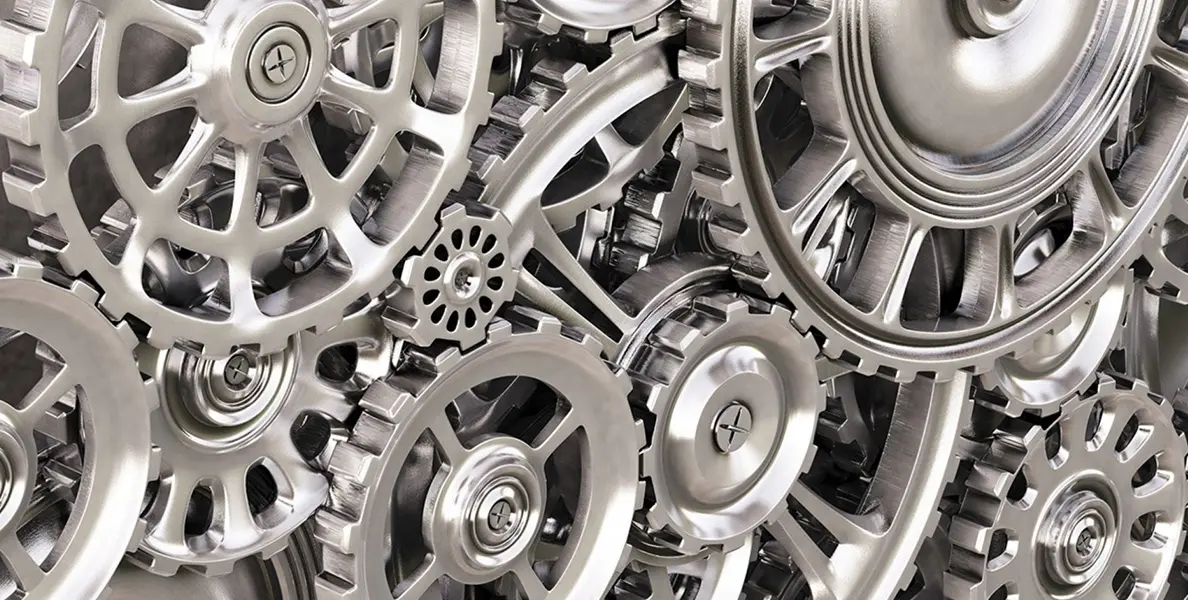
In the field of machinery and equipment manufacturing, 1018 is utilized to create a wide range of machinery parts, such as gears, shafts, and bolts.
Its higher tensile strength and machinability make it a preferred material for producing components that require precision and reliability.
| Applications |
| Field | Properties Utilized | Use Example |
| Construction |
|
|
| Automotive |
|
|
| Machinery and Equipment |
|
|
Conclusion
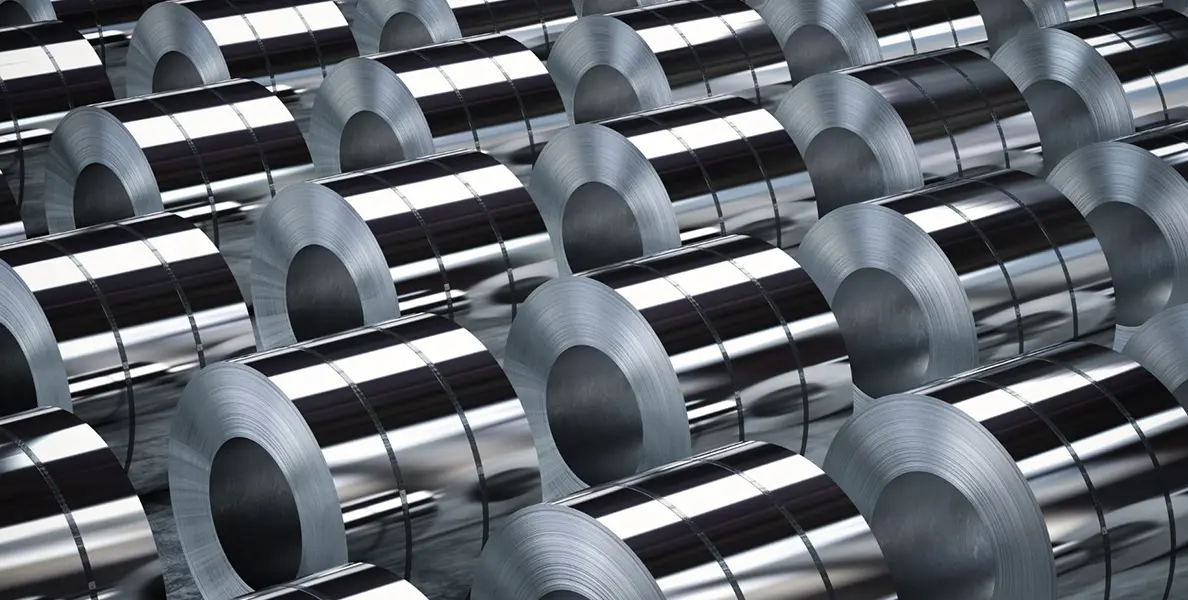
To sum up, 1018 steel is an alloy widely used in many different industry fields. It has significant advantages and weaknesses, and its unique composition and properties make it different from other steels.
Where can I get 1018 Steel Products?
You can contact with XMAKE! As a leading digital manufacturing platform, our products offer a good balance of toughness and flexibility. Whether 1018 steel bar, machine parts, steel sheets, offer, or other steel products, our service will never let you down.
Frequently Asked Questions
Q1: How are 1018 and A36 Steel different from each other?
A: Both are low-carbon steels, the former is known for its superior machinability. The latter is more commonly used in structural applications due to its higher strength.
Q2: Can 1018 Steel be heat treated?
A: It is not typically recommended for heat treatment. However, it can be case-hardened if needed for specific applications requiring increased surface hardness.
Q3: Is 1018 Steel suitable for cold drawing?
A: Yes, it is known for its excellent drawing properties. It can be easily drawn into various shapes and sizes without sacrificing its mechanical properties.
Q4: Is 1018 suitable for carburized parts?
A: Yes, it is considered one of the best steels for carburized parts due to its ability to absorb carbon and create a hard outer layer during the carburizing process.
Q5: How can stress be relieved in AISI 1018 steel?
A: Stress in AISI 1018 steel can be relieved through processes such as annealing, normalizing, or tempering to improve its machinability and mechanical properties.
Q6: What makes AISI 1018 hot rolled steel a popular choice?
A: AISI 1018 hot rolled steel is preferred for its excellent machinability and affordability, making it a versatile option for a wide range of applications in various industries.
References
- What is 1018 steel material(1018 steel introduction) – Suzhou Kui Research Precision Mold Steel Co. (n.d.). https://www.promaxs.com/shownews.asp?c_id=2&s_id=8595
- 1018 steel corresponding to China grade, mild steel 1018 is what material_Global Steel Encyclopedia. (n.d.). http://www.worldsteel.net.cn/news/416554.html
-
Zeng, L. (2024, February 5). AISI 1018 Steel – Composition, Properties and Uses – Professional Services. Professional Services. https://zh-cn.huaxia-steel.com/%E6%96%B0%E9%97%BB/aisi-1018%E9%92%A2%E6%88%90%E5%88%86%E7%89%B9%E6%80%A7%E7%94%A8%E9%80%94/


